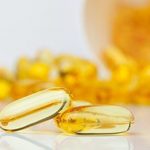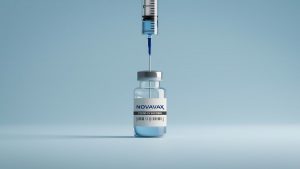
Six out of every 10 stroke survivors wind up struggling with depression later in their lives, a new study says. That compares to the 22% depression rate of the general population, results show. Further, 9 of 10 stroke-related depression cases occur within five years of surviving a stroke, researchers found. “Depression is common in stroke survivors but our research shows it persists for much longer than previously thought,” researcher Yanzhong Wang, a professor of statistics in population health at King’s College London, said in a news release. Biochemical changes in the brain caused by stroke injury can contribute to depression by interfering with a person’s ability to feel positive emotions, according to the American Stroke Association. For the study, researchers reviewed the cases of 6,600 stroke survivors whose data appears in a South London stroke registry. Results showed that severe depression tended to occur earlier after stroke, lasted longer than expected, and was quicker to recur than cases of mild depression. Depression among stroke survivors can affect their mobility, hampering simple tasks like walking and holding objects, Wang said. It also can increase their overall risk of death. “Quality of life is important for stroke survivors as there is evidence depressed survivors have a reduced survival rate,” researcher Lu Liu, a doctoral candidate at King’s College London, said in a news release. “There are many… read on > read on >
































-300x200.jpg)





